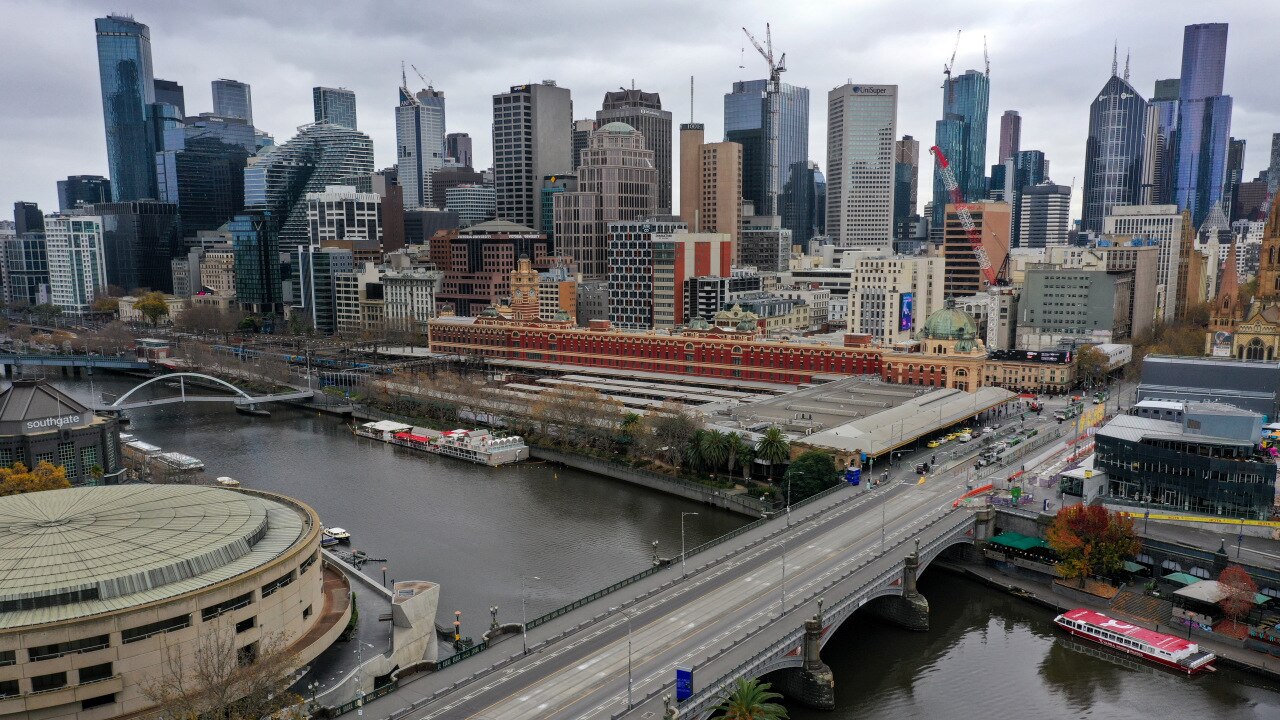Playing the AFL card, must be getting desperate!
Where would rugby league be if it wasn't for Parramatta's introduction into the New South Wales competition in '47 or Penrith's in '67?
The NRL could be contemplating the same thing in 20 years' time if they follow the path of expansion in Brisbane's western region, a golden patch of rugby league heartland where the AFL is rapidly establishing a foothold.
That's according to Nick Livermore, director of the Brisbane Jets - one of three outfits bidding for the NRL's 17th license - which has its roots set in the rapidly-growing Ipswich and Western Corridor regions.
An amalgamation of the Brisbane Bombers and Western Corridor bids, which were first established when Queensland expansion talks were first sparked a decade ago, the Jets have a blueprint for growth that Livermore believes is most equipped to safeguard the NRL from losing monumental reach to rival codes in the sunshine state.
While they don't boast the cash reserves of bid rivals the Brisbane Firehawks and Redcliffe Dolphins, the Jets might have something money can't buy, at least not yet.
For the first time ever, this year the Brisbane Lions surpassed the Broncos in membership volume.
That, Livermore believes, is alarming.
"They're out breaking the Broncos in crowds, they're out breaking them in membership, they've got a stronger development program," he said.
"This is not critical of the Broncos, this is just where AFL's going."
While the Lions' on-field success has played a part, the code's expansion in the Queensland market has seen interest skyrocket, and their investment at the grassroots level is a worrying prospect for the NRL.
Brisbane's west, considered among Australia's fastest-growing population areas, has been identified as a key target zone for the AFL, where local level participation rates, particularly amongst females, have boomed over the past five years.
Meanwhile, the Lions will soon call the Ipswich suburb of Springfield home, with the construction of a $70 million high-performance training facility that will their AFL and AFLW team expected for completion in early 2022.
With Queensland quickly becoming the battleground in the code war, it's clear where the AFL sees their future in the state.
"The data shows that's where the market's going to be, that's where the AFL's going," Livermore claimed.
"As a national game, they're trying to make significant inroads into the southeast corner. They've picked the largest growth market and their strategic report shows what they're doing.
"This is why the Bombers, when we had our bid for nine and a half years competing against the Western Corridor bid, which was focused on Ipswich and West, we came together because we both knew what the benefit of the game was and that's to grow it west.
"Rugby league has an opportunity to ensure they're still number one...if we don't do this, where are we going to be in 20 years' time?"




